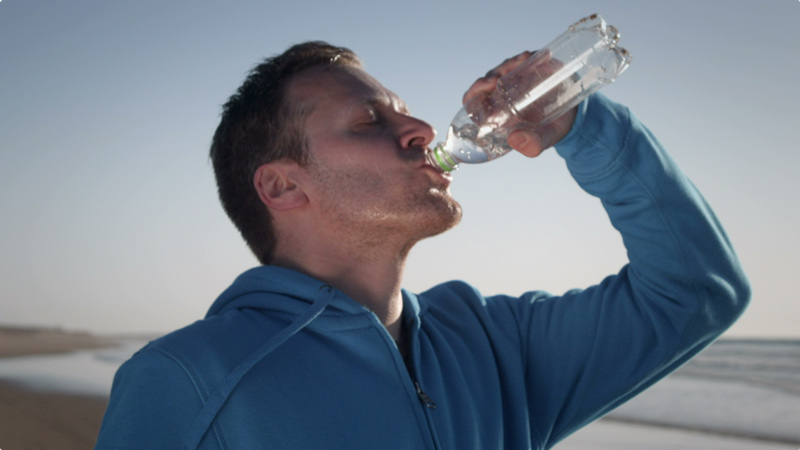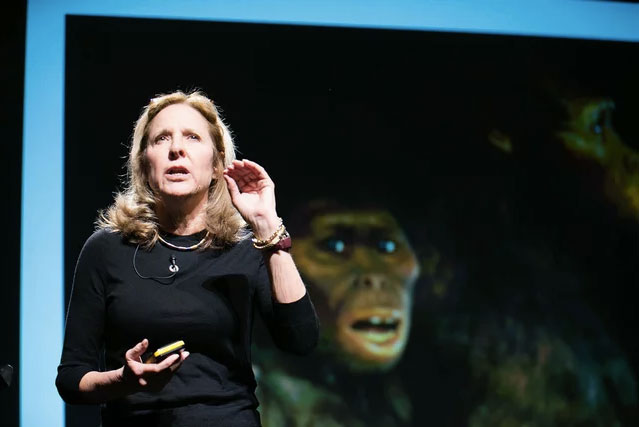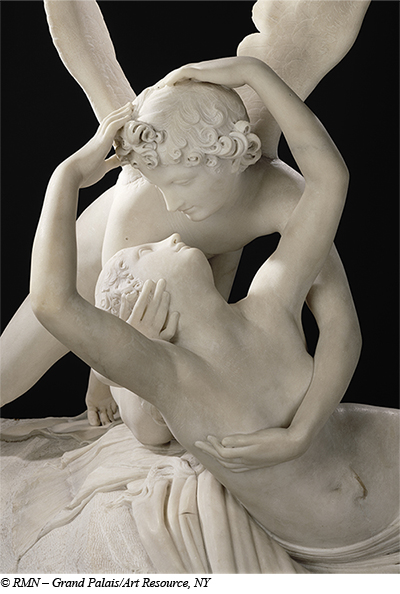
“What wild ecstasy,” exclaimed poet John Keats in his poem On A Grecian Urn. Romantic love has many feelings--from wild ecstasy to utter despair. But common to all those men and women whom we put into the brain scanner was activity in primitive brain regions linked with motivation, with drive. Romantic love is a basic human drive that evolved millions of years ago to start the mating process with a preferred individual.
Like all drives, romantic love is tenacious. Emotions come and go: you can be angry in the morning and happy in the afternoon. But if you are in love at dawn, you will remain in love all day and night—often for months, even years.
This passion is also focused and goal oriented. As the thirsty person is dedicated to finding water, the lover is riveted on the beloved. The goal: to win him or her. And just as the parched individual remains focused until their thirst is quenched, the lover single-mindedly concentrates on the beloved--until their sweetheart is won. The mind becomes consumed with finding, courting and keeping a cherished partner.
And, like all drives, romantic love is difficult to control. As Stendahl wrote, "Love is like a fever; it comes and goes quite independently of the will."
Romantic love is an urge, a need, a homeostatic imbalance, a craving, a drive to win a mating partner. Perhaps most significant: like all drives, love is orchestrated in large part by the reward system in the brainstem. This is the level that controls involuntary reflexes like breathing and heart rate. No wonder it's nearly impossible to control this primordial passion.
The video below is a brief overview with Dr. Helen Fisher:
NEXT




